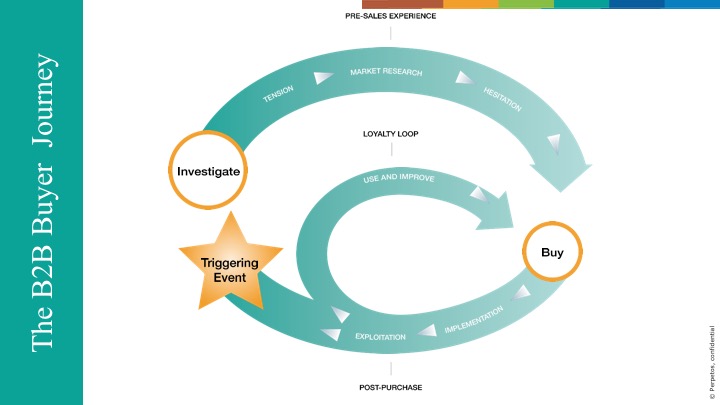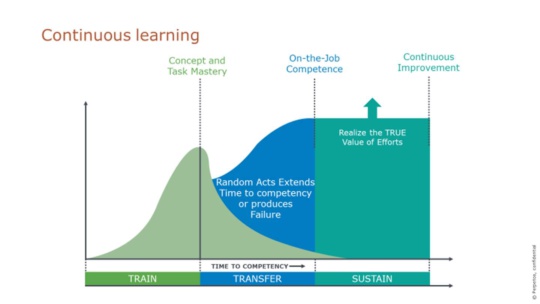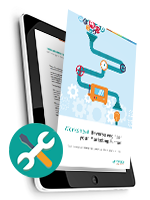To stimulate improved sales performance, it’s important to understand and practice digital behaviors that promote a sense of psychological safety. You can encourage this psychological safety in your commercial team by:
- Framing the work as a learning process,
- Acknowledging your own fallibility;
- Modeling curiosity and asking lots of questions.
Remote working and digital communications
Psychological safety and trust in leadership are more important than ever before as sales forces are increasingly working remotely and communicating digitally.
Leverage psychological safety
Amy Edmondson, Professor of Leadership and Management at the Harvard Business School, defined the notion of psychological safety as a shared belief that the team is safe for interpersonal risk-taking and being vulnerable in front of each other. In other words: team members feel accepted and respected in psychologically safe teams.
This means that members of effective teams feel comfortable asking questions or bringing up new ideas – without worrying about being judged – and are confident they won’t be embarrassed or punished for making mistakes.
The whole is greater than the sum of its parts
In line with this phrase first coined by the philosopher Aristotle, we also believe that members of efficient sales teams can achieve more by working together than working alone. An efficient commercial team is therefore more than the sum of its individuals – so even though getting these individuals to all work together can be tough, it’s critical for team effectiveness. They need to plan, solve problems, make decisions, and review progress. And they need each other – and efficient leadership – to get this work done successfully.
3 behaviors that increase team efficiency
A Google study reported in The New York Times Magazine highlighted several factors that boost team efficiency, and psychological safety came top in the order of importance. The most effective leaders are therefore those that create a safe and open ‘digital dialogue’ with their team members.
There are three specific behaviors that strongly correlate with high-performing managers:
- Expressing doubts: Do you feel safe saying ‘I don’t know’, or are you worried about seeming ignorant or incompetent? Managers who admit not knowing the answer to a question – and who create the same sense of security in their direct contacts – are more effective than those who do not.
- Requesting feedback: Asking for and providing feedback increases effectiveness and engagement. Digital interactions through video conferences, chats, or email are good opportunities for providing constructive feedback – and constructive feedforward.
- Sharing opinions: It’s important for team members to feel confident that nobody else in the team will embarrass or punish them for offering ideas or questioning the status quo.
Our 9 tips for building psychological safety
- Create a forum to discuss issues and concerns
- Establish a common language
- Ask for input and opinions, stimulate feedback, and provide feedforward
- Share your communications and personal preferences, and encourage others to do the same
- Clarify team member roles and responsibilities
- Communicate team objectives and determine how each member can contribute to the team and broader company objectives
- Explain what work you are doing and the impact it will have on customers and the company
- Adopt a customer-centric evaluation method
- Seek continuous improvement



 Eliseo Manfron
Eliseo Manfron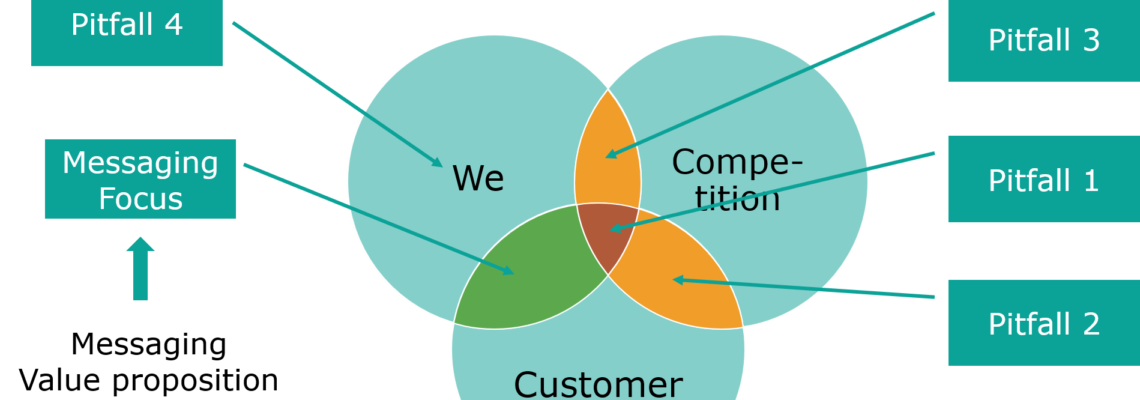
 Pascal Persyn
Pascal Persyn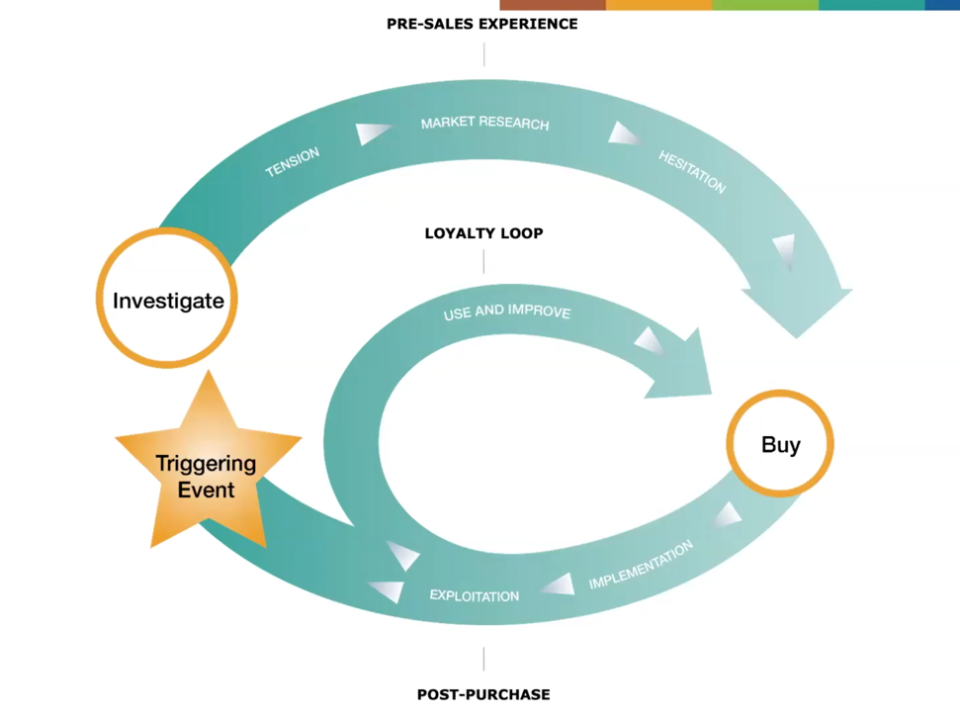
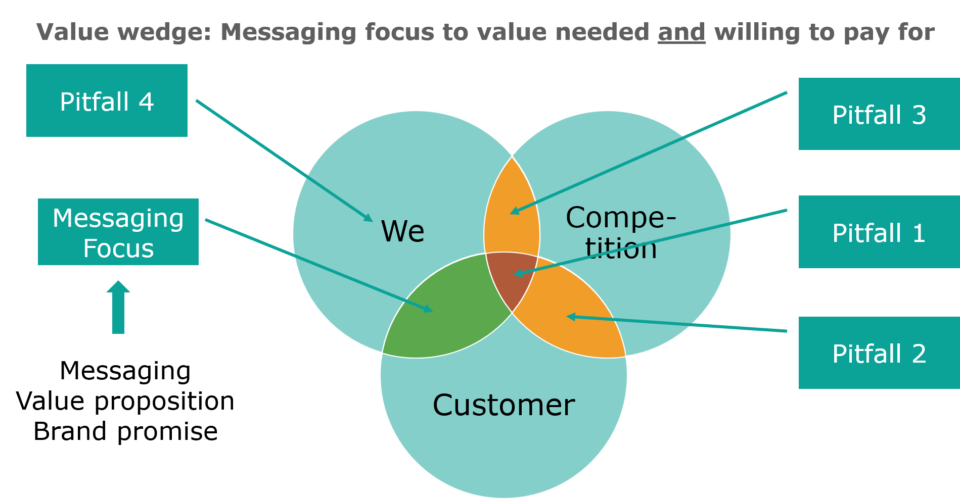
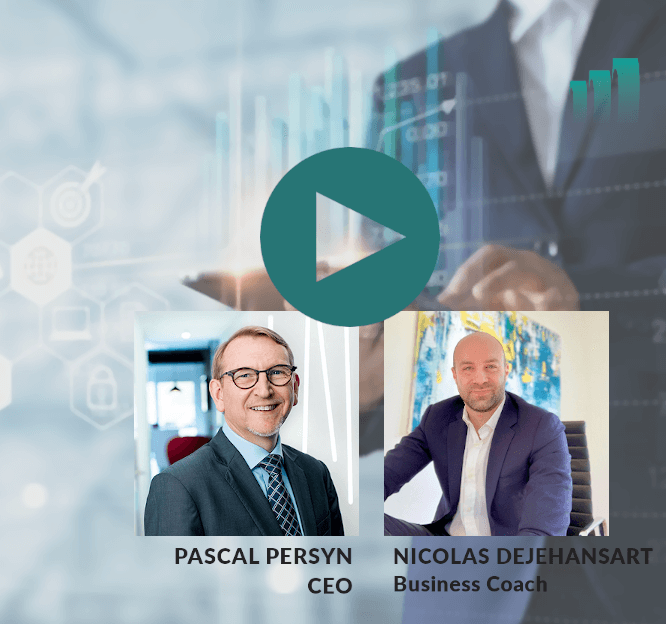
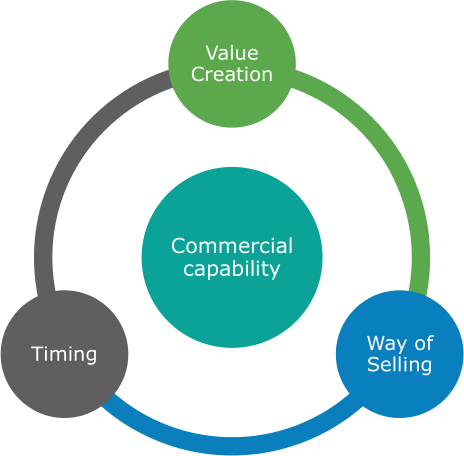







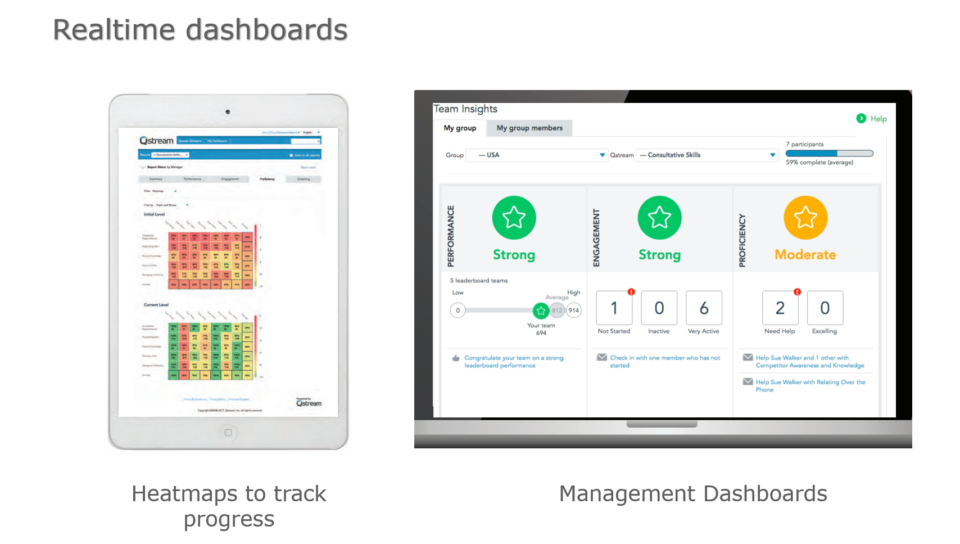
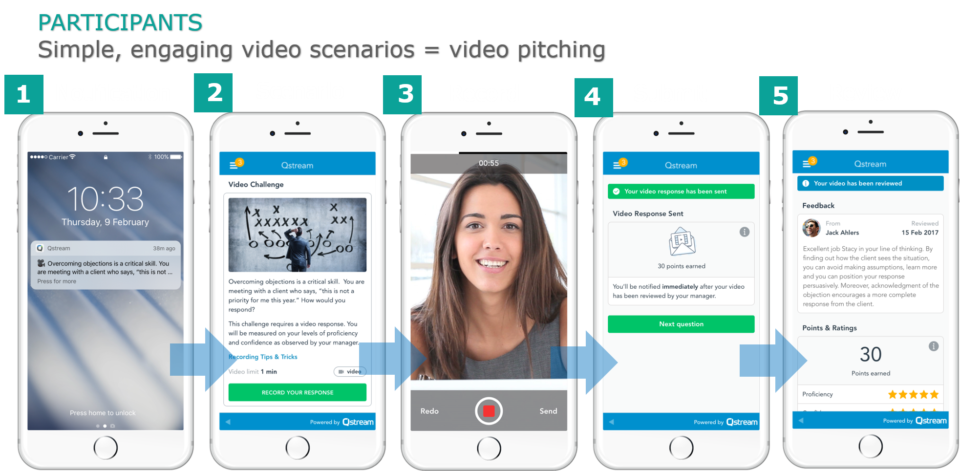
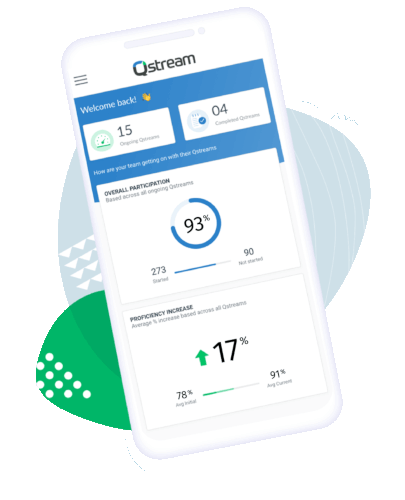

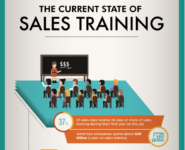


 Budget
Budget
